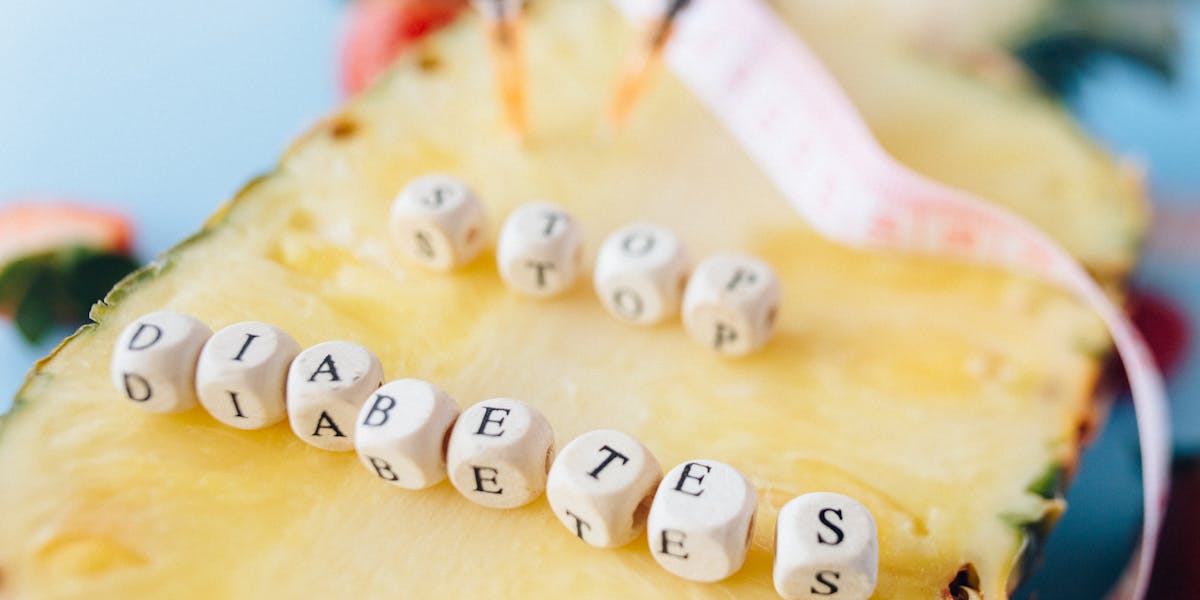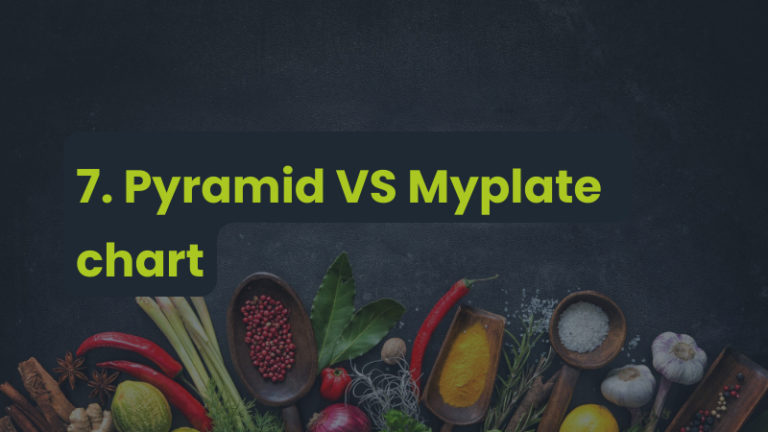Food Nutrition to Prevent Diabetes
Food Nutrition to Prevent Diabetes: A Guide to Healthy Eating
Diabetes is a chronic condition that affects millions of people worldwide. The good news is that lifestyle changes, particularly in diet, can help prevent or delay the onset of Type 2 diabetes. In this guide, we will explore the best food nutrition practices to prevent diabetes and maintain a healthy lifestyle.
1. Understanding Diabetes and Its Risk Factors
Before diving into specific foods and strategies, it’s important to understand diabetes and the risk factors associated with it.
1.1 What is Diabetes?
– Type 1 Diabetes: An autoimmune condition where the body attacks insulin-producing cells in the pancreas.
– Type 2 Diabetes: The most common form, where the body becomes resistant to insulin or doesn’t produce enough.
1.2 Risk Factors for Type 2 Diabetes
– Genetics: Family history of diabetes
– Age: Increased risk after age 45
– Obesity and Inactivity
– High Blood Pressure and Cholesterol Levels
2. Nutritional Guidelines for Diabetes Prevention
These nutritional guidelines can help reduce the risk of developing diabetes:
2.1 Focus on Fiber-Rich Foods
Foods high in dietary fiber can help regulate blood sugar levels and keep you full longer.
– Whole Grains: Brown rice, quinoa, oats
– Legumes: Beans, lentils, chickpeas
– Vegetables: Broccoli, spinach, sweet potatoes
– Fruits: Apples, berries, pears
2.2 Opt for Low Glycemic Index (GI) Foods
Low-GI foods are digested slowly, resulting in a gradual rise in blood sugar levels.
– Non-Starchy Vegetables: Leafy greens, peppers, tomatoes
– Whole Grains: Quinoa, barley, bulgur
– Legumes: Lentils, black beans, kidney beans
2.3 Include Healthy Fats
Healthy fats can improve insulin sensitivity and reduce inflammation.
– Omega-3 Fatty Acids: Fatty fish (salmon, mackerel), flaxseed, chia seeds
– Monounsaturated Fats: Olive oil, avocado, almonds
– Polyunsaturated Fats: Walnuts, sunflower seeds, soybean oil
2.4 Incorporate Lean Protein
Protein helps stabilize blood sugar levels and keeps you satiated.
– Lean Meats: Chicken breast, turkey, lean beef
– Fish and Seafood: Salmon, tuna, shrimp
– Plant-Based Proteins: Tofu, tempeh, edamame
2.5 Limit Refined Carbohydrates and Added Sugars
Reduce or eliminate the consumption of high-sugar and processed foods.
– Refined Grains: White bread, pastries, pasta
– Sugary Beverages: Sodas, fruit juices, energy drinks
– Processed Snacks: Chips, cookies, candy bars
2.6 Stay Hydrated
Drinking plenty of water can help regulate blood sugar levels and prevent overeating.
– Aim for at least 8 cups of water daily.
– Flavor Your Water: Add lemon, cucumber, or mint for a refreshing twist.
3. Superfoods for Diabetes Prevention
Certain foods contain unique properties that may help prevent diabetes:
3.1 Leafy Greens
High in vitamins, minerals, and antioxidants, leafy greens can improve insulin sensitivity.
– Examples: Spinach, kale, Swiss chard
3.2 Berries
Rich in antioxidants and fiber, berries can help reduce inflammation and improve blood sugar regulation.
– Examples: Blueberries, strawberries, raspberries
3.3 Nuts and Seeds
Nuts and seeds provide healthy fats, protein, and fiber.
– Examples: Almonds, walnuts, chia seeds, flaxseeds
3.4 Fatty Fish
Fatty fish is an excellent source of omega-3 fatty acids, which reduce inflammation and improve insulin sensitivity.
– Examples: Salmon, mackerel, sardines
3.5 Cinnamon
Cinnamon has been shown to lower blood sugar levels and improve insulin sensitivity.
– Add a sprinkle of cinnamon to oatmeal or smoothies.
3.6 Greek Yogurt
Greek yogurt contains probiotics, protein, and calcium, which can help stabilize blood sugar levels.
– Choose unsweetened Greek yogurt and add fresh fruit for sweetness.
3.7 Turmeric
Turmeric contains curcumin, a compound known for its anti-inflammatory properties.
– Add turmeric to curries, soups, and smoothies.
4. Sample Meal Plan for Diabetes Prevention
Here’s a sample meal plan that incorporates these nutrition principles:
Day 1
– Breakfast: Greek yogurt with berries and chia seeds
– Lunch: Quinoa salad with spinach, avocado, and grilled chicken
– Snack: Apple slices with almond butter
– Dinner: Baked salmon with roasted broccoli and sweet potato
Day 2
– Breakfast: Oatmeal with cinnamon, walnuts, and blueberries
– Lunch: Lentil soup with whole-grain toast
– Snack: Carrot sticks with hummus
– Dinner: Stir-fried tofu with mixed vegetables and brown rice
Day 3
– Breakfast: Smoothie with spinach, banana, and flaxseed
– Lunch: Tuna salad with mixed greens and olive oil dressing
– Snack: Handful of almonds and a pear
– Dinner: Grilled turkey breast with roasted Brussels sprouts and quinoa
5. Lifestyle Tips to Complement Your Diet
In addition to healthy eating, lifestyle changes play a crucial role in preventing diabetes:
5.1 Exercise Regularly
Aim for at least 150 minutes of moderate exercise or 75 minutes of vigorous exercise per week.
5.2 Maintain a Healthy Weight
Losing just 5-10% of your body weight can significantly reduce the risk of developing diabetes.
5.3 Get Adequate Sleep
Lack of sleep can affect insulin sensitivity and increase appetite.
– Aim for 7-9 hours of sleep per night.
5.4 Manage Stress
Chronic stress can lead to unhealthy eating habits and poor blood sugar control.
– Practice relaxation techniques like meditation, yoga, or deep breathing.
5.5 Regular Health Check-Ups
Monitor your blood sugar levels and consult with healthcare professionals regularly.
Conclusion
Preventing diabetes starts with making informed dietary and lifestyle choices. By focusing on fiber-rich foods, low glycemic index options, and healthy fats, while avoiding refined sugars, you can take significant steps toward a healthier future. Remember to complement your diet with regular exercise, stress management, and adequate sleep for optimal diabetes prevention.







